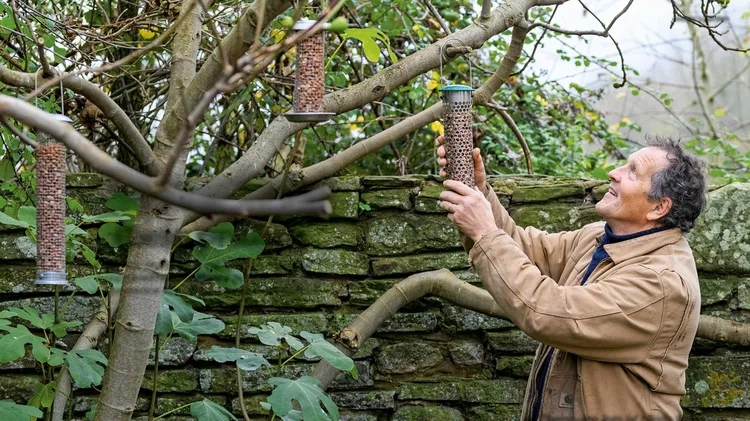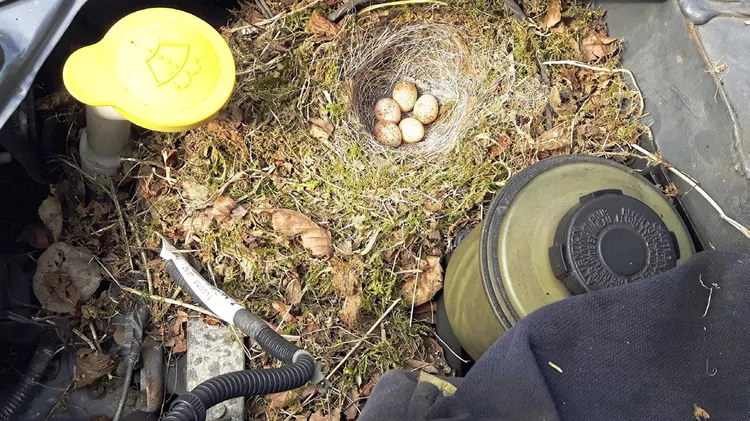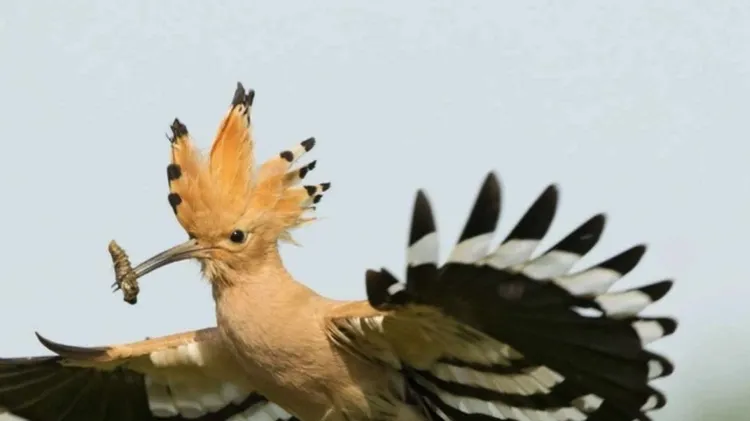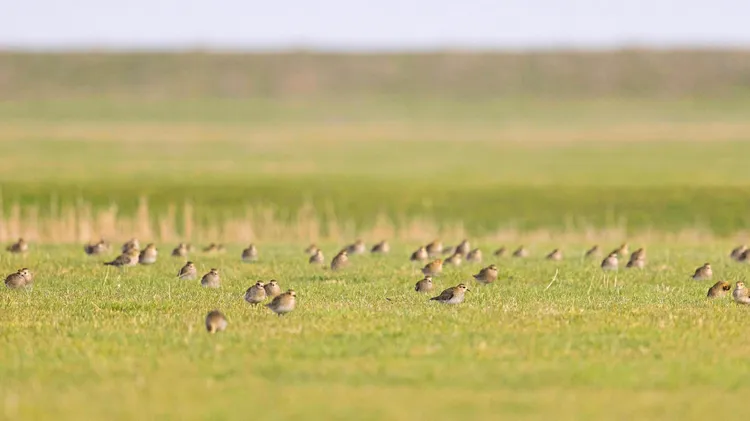Wildlife hospitals near Vancouver are seeing a huge influx of patients due
A wing and a prayer
9 min read
This article is from...
Read this article and 8000+ more magazines and newspapers on Readly






